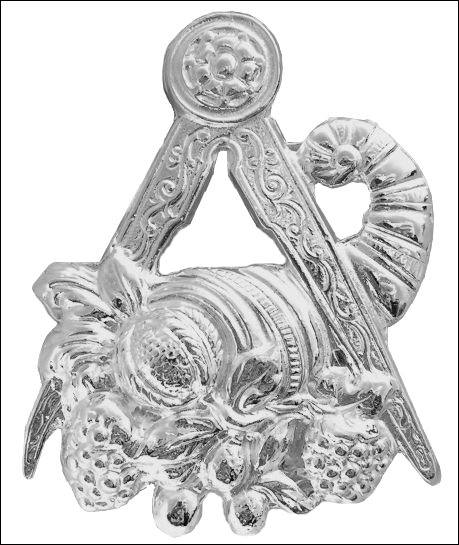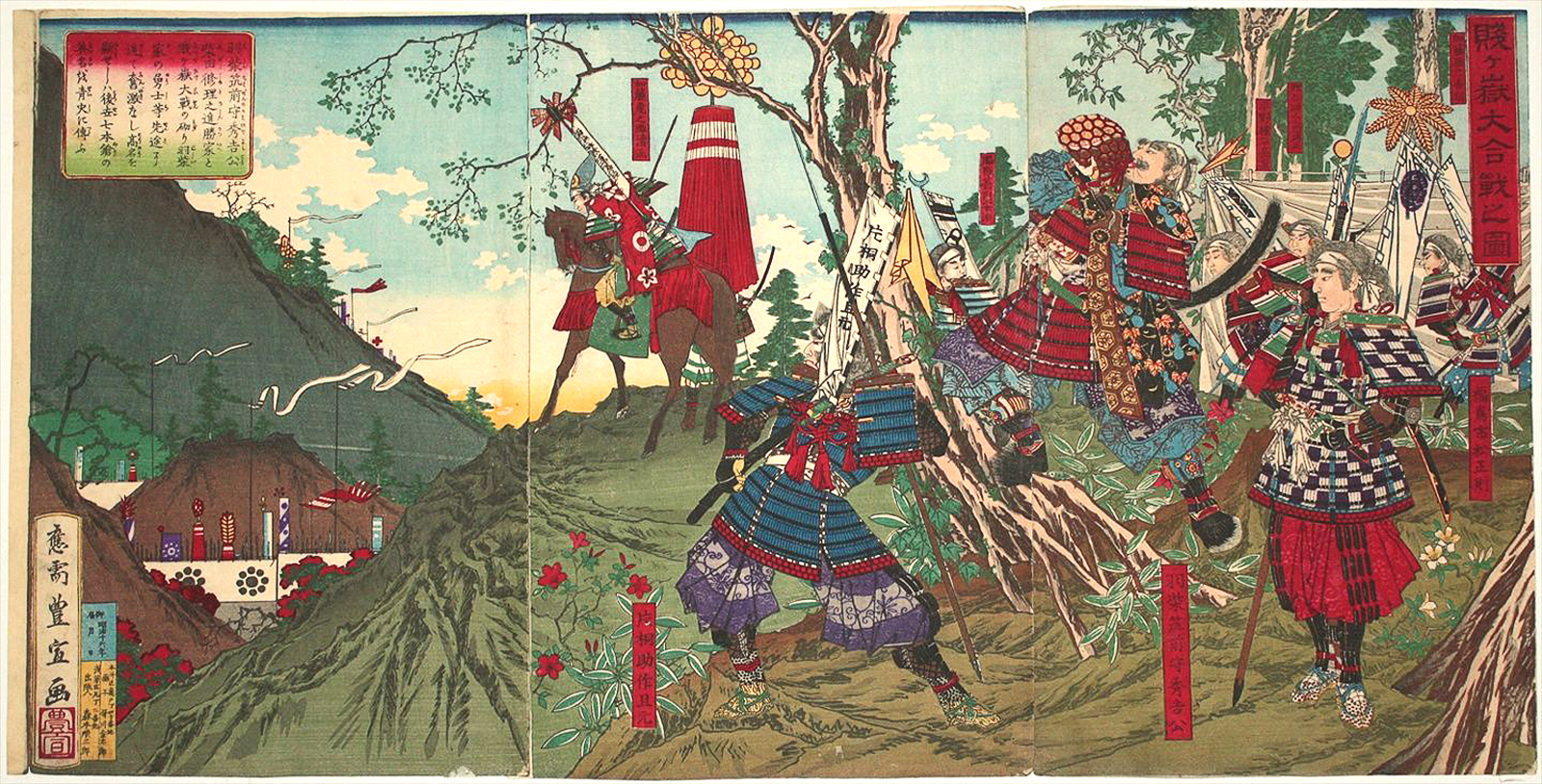|
Jørgen Lykke
Jørgen Lykke (1515–26 December 1583) was a Danish nobleman, diplomat and politician. He was a member of the rigsråd, Council of the Realm, lord of Overgård Manor and fiefholder in Skanderborg.Poul ColdingJørgen LykkeDansk Biografisk Leksikon, Gyldendal Biography Jørgen Pedersen Lykke was born on Havnø at Hadsund Municipality, Hadsund in Jutland, Denmark. He was the son of the National Councilor member (''Riksråd'') Peder Hansen Lykke (d. 1535) and Kirsten Pedersdatter Høg (d. 1542). He was the brother of estate owner Sophie Lykke (d. 1570), widow of Jacob Hardenberg (d. 1542). He enter diplomatic service as chief of staff from 1532 to 1543 in the court of King Francis I of France (1494–1547). Returning to Denmark, he served frequently in diplomatic tasks abroad and in commission duties within the country during the Northern Seven Years' War (1563–1570). He was used in a number of other diplomatic missions; 1544 to Sweden, 1551 to Germany and during 1560 and 15 ... [...More Info...] [...Related Items...] OR: [Wikipedia] [Google] [Baidu] |
Steward (office)
A steward is an official who is appointed by the legal ruling monarch to represent them in a country and who may have a mandate to govern it in their name; in the latter case, it is synonymous with the position of regent, vicegerent, viceroy, Luogotenente, king's lieutenant (for Romance languages), governor, or deputy (the Roman ''Roman governor, rector'', ''prefect, praefectus'', or ''vicarius''). Etymology From Old English ''stíweard, stiȝweard'', from ''stiȝ'' "hall, household" + ''weard'' "wikt:warden, warden, keeper"; corresponding to Dutch language, Dutch: ''stadhouder'', German language, German ''Statthalter'' "place holder", a Germanic parallel to French ''lieutenant''. The Old English term ''stíweard'' is attested from the 11th century. Its first element is most probably ''stiȝ-'' "house, hall" (attested only in composition; its cognate ''stiȝu'' is the ancestor of Modern English ''sty''). Old French and Old Norse ''stívarðr'' are adopted from the Old English. T ... [...More Info...] [...Related Items...] OR: [Wikipedia] [Google] [Baidu] |
16th-century Danish Diplomats
The 16th century began with the Julian calendar, Julian year 1501 (represented by the Roman numerals MDI) and ended with either the Julian or the Gregorian calendar, Gregorian year 1600 (MDC), depending on the reckoning used (the Gregorian calendar introduced a lapse of 10 days in October 1582). The Renaissance in Italy and Europe saw the emergence of important artists, authors and scientists, and led to the foundation of important subjects which include accounting and political science. Copernicus proposed the Copernican heliocentrism, heliocentric universe, which was met with strong resistance, and Tycho Brahe refuted the theory of celestial spheres through observational measurement of the SN 1572, 1572 appearance of a Milky Way supernova. These events directly challenged the long-held notion of an immutable universe supported by Ptolemy and Aristotle, and led to major revolutions in astronomy and science. Galileo Galilei became a champion of the new sciences, invented the first ... [...More Info...] [...Related Items...] OR: [Wikipedia] [Google] [Baidu] |
16th-century Danish Landowners
The 16th century began with the Julian year 1501 (represented by the Roman numerals MDI) and ended with either the Julian or the Gregorian year 1600 (MDC), depending on the reckoning used (the Gregorian calendar introduced a lapse of 10 days in October 1582). The Renaissance in Italy and Europe saw the emergence of important artists, authors and scientists, and led to the foundation of important subjects which include accounting and political science. Copernicus proposed the heliocentric universe, which was met with strong resistance, and Tycho Brahe refuted the theory of celestial spheres through observational measurement of the 1572 appearance of a Milky Way supernova. These events directly challenged the long-held notion of an immutable universe supported by Ptolemy and Aristotle, and led to major revolutions in astronomy and science. Galileo Galilei became a champion of the new sciences, invented the first thermometer and made substantial contributions in the fields of phy ... [...More Info...] [...Related Items...] OR: [Wikipedia] [Google] [Baidu] |
People From Hadsund
The term "the people" refers to the public or common mass of people of a polity. As such it is a concept of human rights law, international law as well as constitutional law, particularly used for claims of popular sovereignty. In contrast, a people is any plurality of persons considered as a whole. Used in politics and law, the term "a people" refers to the collective or community of an ethnic group or nation. Concepts Legal Chapter One, Article One of the Charter of the United Nations states that "peoples" have the right to self-determination. Though the mere status as peoples and the right to self-determination, as for example in the case of Indigenous peoples (''peoples'', as in all groups of indigenous people, not merely all indigenous persons as in ''indigenous people''), does not automatically provide for independent sovereignty and therefore secession. Indeed, judge Ivor Jennings identified the inherent problems in the right of "peoples" to self-determination, as i ... [...More Info...] [...Related Items...] OR: [Wikipedia] [Google] [Baidu] |
1583 Deaths
Events January–March * January 1 – The Duchy of Savoy adopts the Gregorian Calendar, replacing the Julian Calendar. * January 18 – François, Duke of Anjou, attacks Antwerp. * February 4 – Gebhard Truchsess von Waldburg, newly converted to Calvinism, formally marries Agnes von Mansfeld-Eisleben, a former canoness of Gerresheim, while retaining his position as Archbishop-Elector of Cologne. * February 7 – In the Netherlands, the Siege of Eindhoven by the Spanish Army begins.Mack P. Holt, ''The Duke of Anjou and the Politique Struggle During the Wars of Religion'' (Cambridge University Press, 2002) p.190 The walled city will fall in April. * March 10 (February 28 O.S.) – The ''Queen Elizabeth's Men'' troupe of actors is founded in England by order of Queen Elizabeth to Edmund Tilney, the royal Master of the Revels. April–June * April 9 – A Burmese Army force of 16,000 men, commanded by Thado Dhamma Yaza II of Prome and ... [...More Info...] [...Related Items...] OR: [Wikipedia] [Google] [Baidu] |
1515 Births
__NOTOC__ Year 1515 (Roman numerals, MDXV) was a common year starting on Monday of the Julian calendar. Events January–March * January 1 – Louis XII of France, King Louis XII of France dies of severe gout after a reign of 14 years, and his son-in-law, Francis I of France, François, inherits the throne. * January 25 – François, is Coronation of the French monarch, crowned King of France in the Cathedral of Reims, with his wife Claude of France, Claude, daughter of the late King Louis XII, crowned as Queen consort. * January - In Vietnam, an uprising led by Phùng Chương broke out in Tam Đảo and was quickly quelled by general Trịnh Duy Sản under emperor Lê Tương Dực of the Lê dynasty, Lê dynasty.Ngô Sĩ Liên (1993), Đại Việt sử ký toàn thư, page 567, vol. 15, "Tương Dực Đế" * February 8 – King Henry VIII of England opens the English Parliament. Henry's chief advisor, Sir Thomas Nevill, is elected Speaker of the ... [...More Info...] [...Related Items...] OR: [Wikipedia] [Google] [Baidu] |
Mariager
Mariager is a town in Denmark with a population of 2,650 (1 January 2025). The Mobile Statbank from Statistics Denmark It is situated on the southern shores of the inlet of Mariager Fjord in Mariagerfjord municipality, North Denmark Region in Jutland. This part of Jutland is also known as Kronjylland (Crown Jutland). Notable people * Mariane Bournonville (1768 in Mariager – 1797) a ballerina, active at the Royal Danish Ballet in 1784-1796 * Vilhelm Dahlerup (1836 in Mariager – 1907) architect who specialized in the historicism (architecture), Historicist style * Budtz Müller (1837 in Mariager – 1884) a pioneering Danish photographer * Philip Smidth (1855 in Mariager – 1938) a prolific architect i ...[...More Info...] [...Related Items...] OR: [Wikipedia] [Google] [Baidu] |
Order Of The Elephant
The Order of the Elephant () is a Denmark, Danish order of chivalry and is Denmark's highest-ranked honour. It has origins in the 15th century, but has officially existed since 1693, and since the establishment of constitutional monarchy in 1849, is now almost exclusively used to honour royalty and heads of state. History A Danish religious confraternity called the Fellowship of the Mother of God, limited to about fifty members of the Danish aristocracy, was founded during the reign of Christian I during the 15th century. The badge of the confraternity showed the Virgin Mary holding her Jesus Christ, Son within a crescent moon and surrounded with the rays of the sun, and was hung from a collar of links in the form of elephants much like the present collar of the Order. After the Reformation in 1536 the confraternity died out, but a badge in the form of an elephant with his profile on its right side was still awarded by Frederick II of Denmark and Norway, Frederick II. This ... [...More Info...] [...Related Items...] OR: [Wikipedia] [Google] [Baidu] |
Mariager Fjord
With a length of approximately 35 km (22 statute miles), Mariager Fjord is the longest fjord in Jutland, and the 2nd longest fjord (tied with Ise Fjord on Zealand), behind Roskilde Fjord in Denmark (excluding the self-governing territory of Greenland). Mariager Fjord cuts into the Jutland peninsula from the ''Kattegat'' sea and ends at the town of Hobro; other important towns along the fjord are Hadsund and Mariager from which the fjord takes its name. Mariager fjord makes up most of the southern limit of the traditional region of Himmerland. In Danish language, any type of inlet in Denmark is called a fjord, even lagoons. Geology, Geologically, Mariager Fjord isn't a true fjord, but an inlet of the Förden and East Jutland Fjorde, förde type. The width of Mariager Fjord varies from 4½ km to 250 metres (2,8-0,16 miles) and its area is about 47 km2s (18 square miles). The depth is up to 30 metres (ca. 100 ft). As a result of the Municipalities of Denmark#Municipal Reform 2007, ... [...More Info...] [...Related Items...] OR: [Wikipedia] [Google] [Baidu] |
Scania
Scania ( ), also known by its native name of Skåne (), is the southernmost of the historical provinces of Sweden, provinces () of Sweden. Located in the south tip of the geographical region of Götaland, the province is roughly conterminous with Skåne County, created in 1997. Like the other historical provinces of Sweden, Scania still features in colloquial speech and in cultural references, and can therefore not be regarded as an archaic concept. Within Scania there are 33 municipalities of Sweden, municipalities that are autonomous within the Skåne Regional Council. Scania's largest urban areas of Sweden, city, Malmö, is the third-largest city in Sweden, as well as the fifth-largest in Scandinavia. To the north, Scania borders the historical provinces of Halland and Småland, to the northeast Blekinge, to the east and south the Baltic Sea, and to the west Öresund. Since 2000, a road and railway bridge, the Öresund Bridge, bridges the Öresund, Sound and connects Scania ... [...More Info...] [...Related Items...] OR: [Wikipedia] [Google] [Baidu] |





